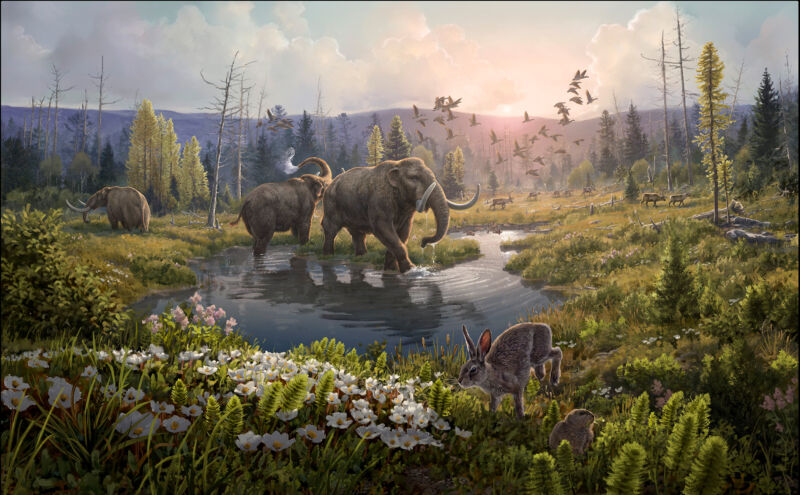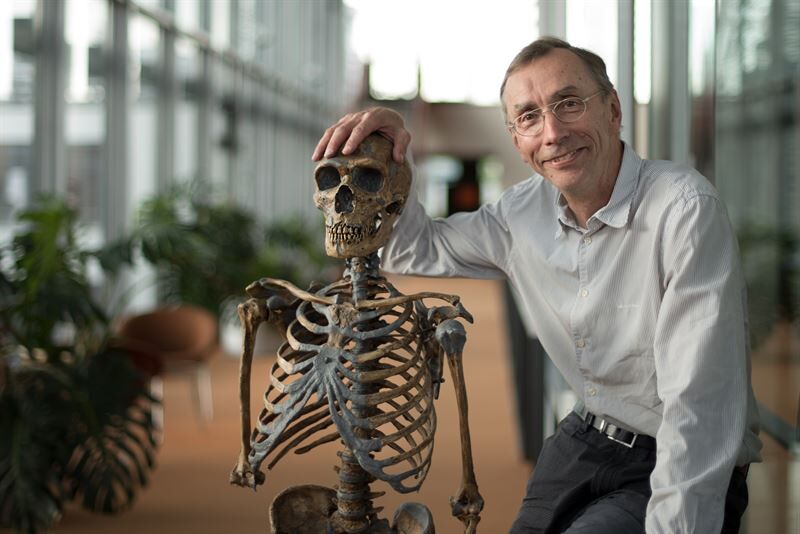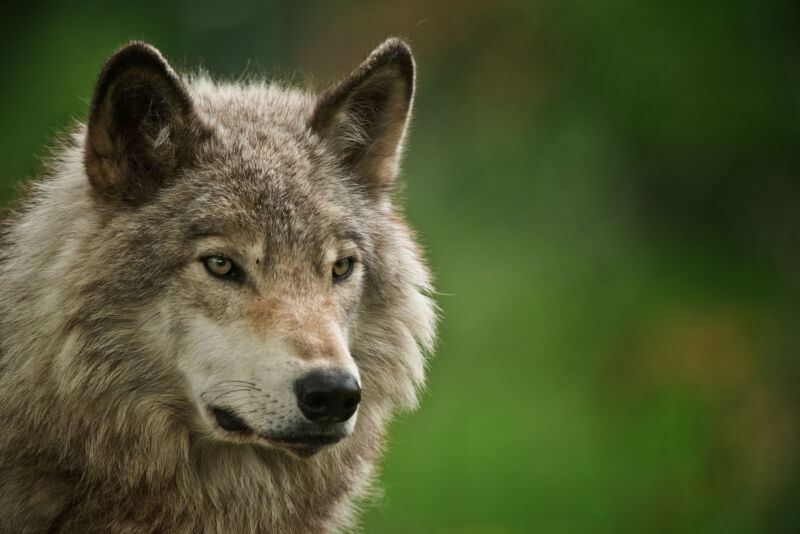-
 chevron_right
chevron_right
Oldest DNA yet sequenced shows mastodons once roamed a warmer Greenland
news.movim.eu / ArsTechnica · Wednesday, 7 December, 2022 - 21:57 · 1 minute

Enlarge / An attempt to reconstruct what northern Greenland looked like about 2 million years ago. (credit: Beth Zaiken )
When once-living tissue is preserved in a cold, dry environment, fragments of its DNA can survive for hundreds of thousands of years. In fact, DNA doesn't even have to remain in tissue; we've managed to obtain DNA from the soil of previously inhabited environments. The DNA is damaged and broken into small fragments, but it's sufficient to allow DNA sequencing, telling us about the species that once lived there.
In an astonishing demonstration of how well this can work, researchers have obtained DNA from deposits that preserved in Greenland for roughly 2 million years. The deposits, however, date from a relatively warm period in Greenland's past and reveal the presence of an entire ecosystem that once inhabited the country's north coast.
A different Greenland
Over the last million years or so, the Earth's glacial cycles have had relatively short warm periods that don't reach temperatures sufficient to eliminate the major ice sheets in polar regions. But before this time, the cycles were shorter, the warm periods longer, and there were times the ice sheets underwent major retreats. Estimates are that, around this time, the minimum temperatures in northern Greenland were roughly 10° C higher than they are now.



